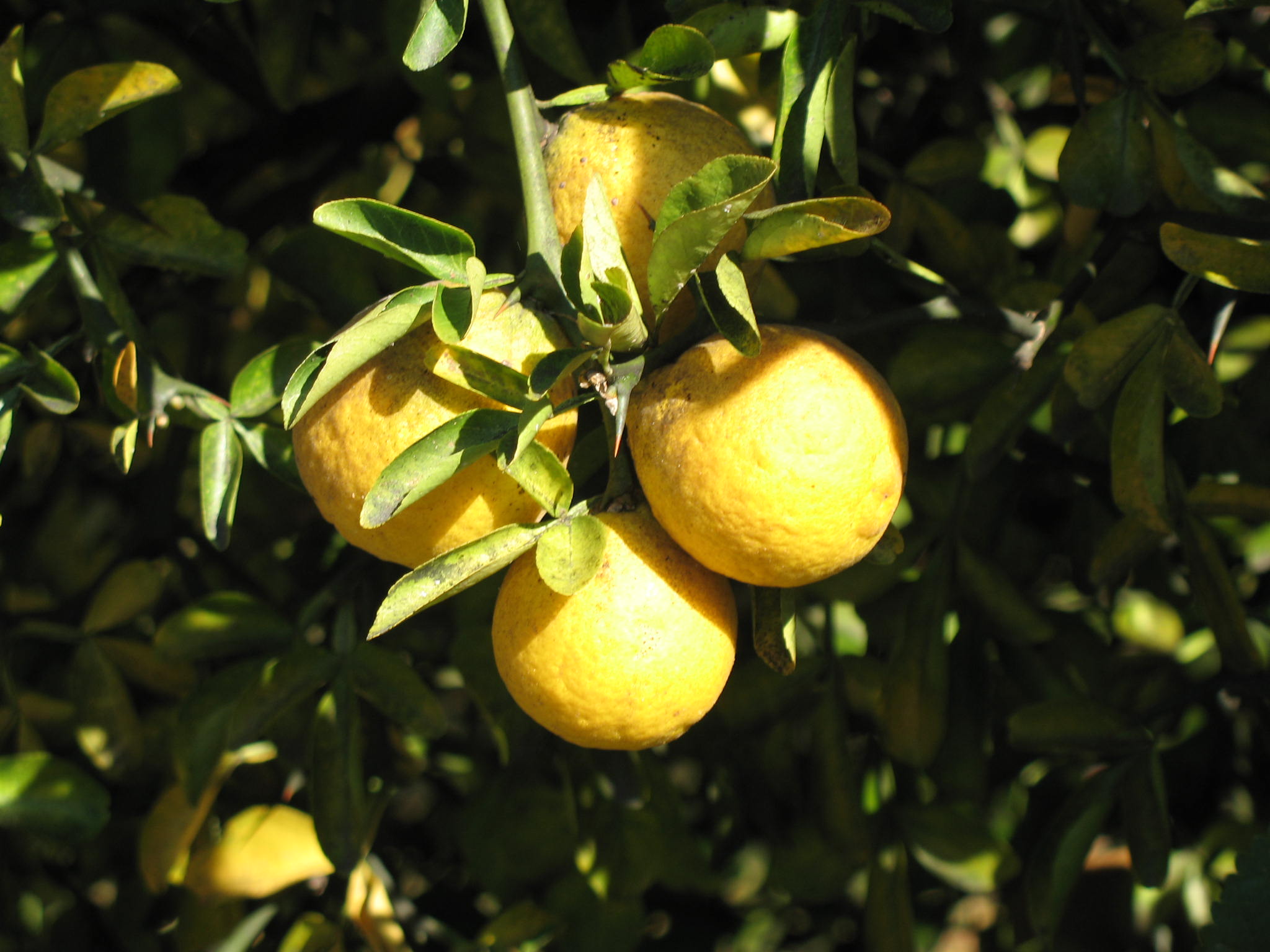Putresince (Put) as one of the important polyamines (PAs) has been identified to regulate mycorrhizal development of citrus plants. The present study was to screen an efficient concentration of Put application at the range of 0.05-1 mM on the trifoliate orange (Poncirus trifoliata) seedlings colonized by Glomus mosseae, in terms of growth, root system architecture, and chlorophyll and carbohydrate contents. Compared to the non-Put treatment, all the Put treatments, especially 0.05 mM Put, significantly increased mycorrhizal colonization of tap root in addition to first, second, and third order lateral roots. The mycorrhizal seedlings treated by 0.05, 0.1, and 1 mM Put showed greater growth (stem diameter, height, leaf number, and fresh mass) and root morphological properties ( tap root length, projected and surface areas, and volume) and higher numbers of first, second, and third order lateral roots. Bio-molecules like chlorophyll a, total chlorophyll, and carotenoid contents of the seedlings were significantly increased by the Put treatments at 0.05-1 mM. All exogenous Put application at the range of 0.05-1 mM significantly decreased sucrose contents but increased glucose contents of leaves and roots. This study suggests that exogenous Put can significantly improve growth performance and root system architecture, besides changes in physiological traits of AMF seedlings. The 0.05 mM concentration of Put showed the best effects.
Full Text: PDF

